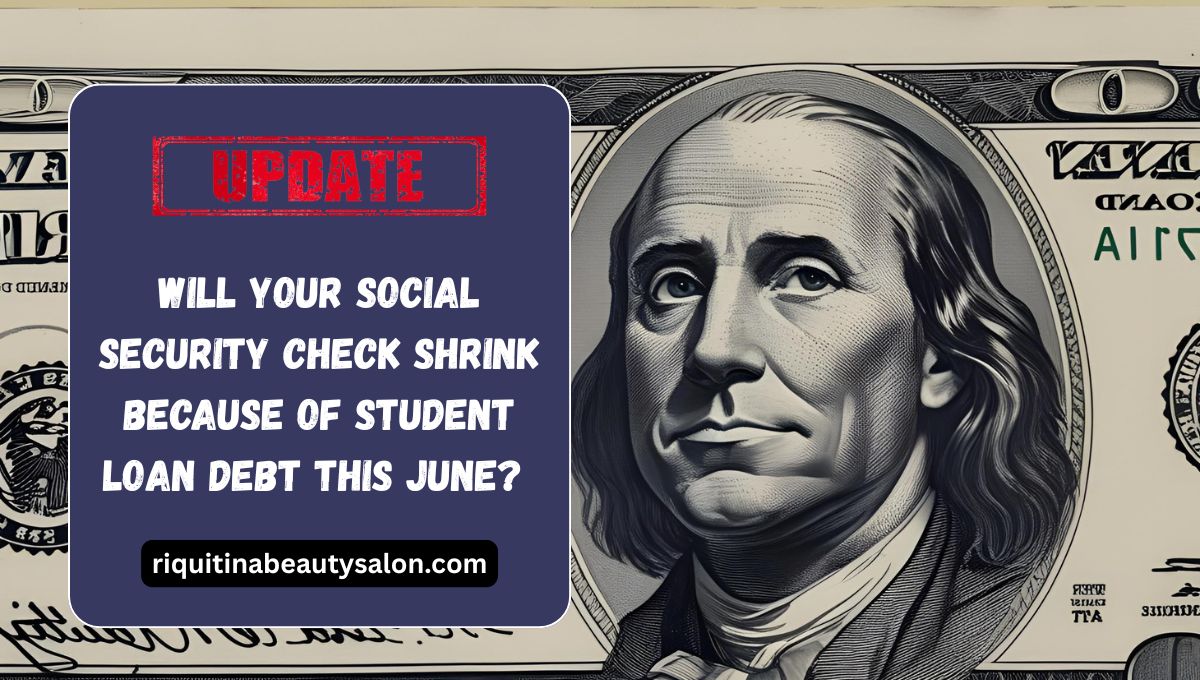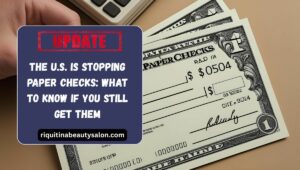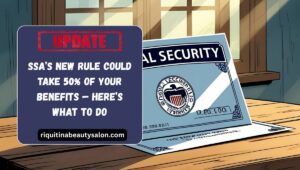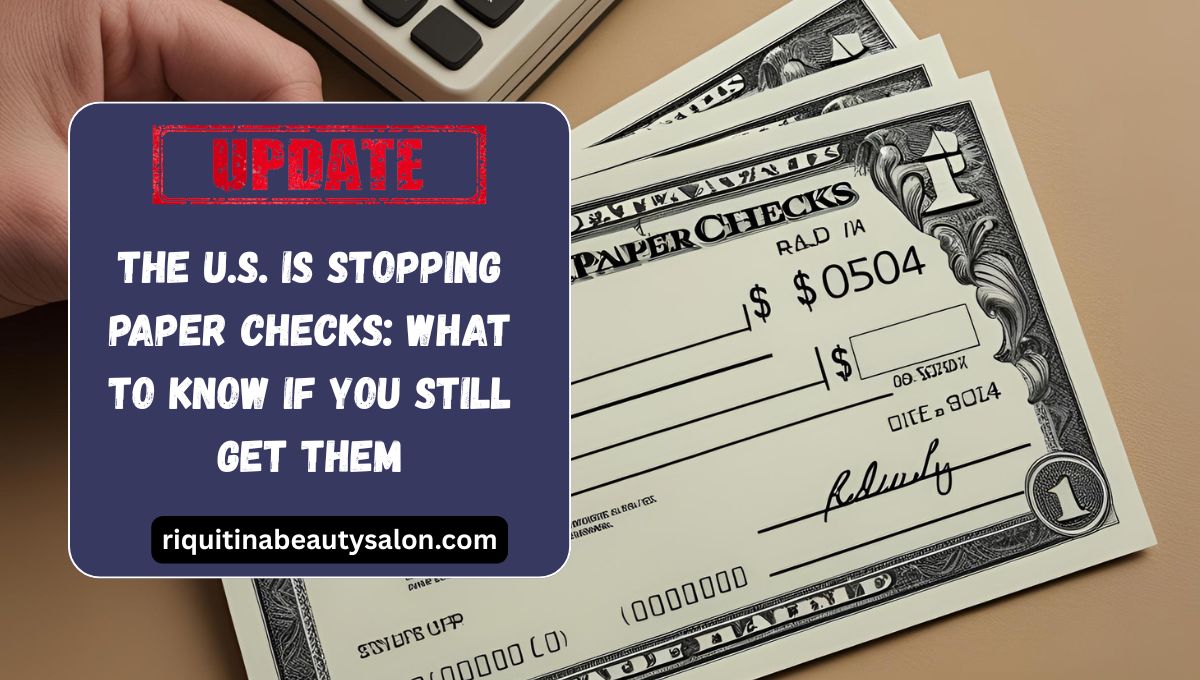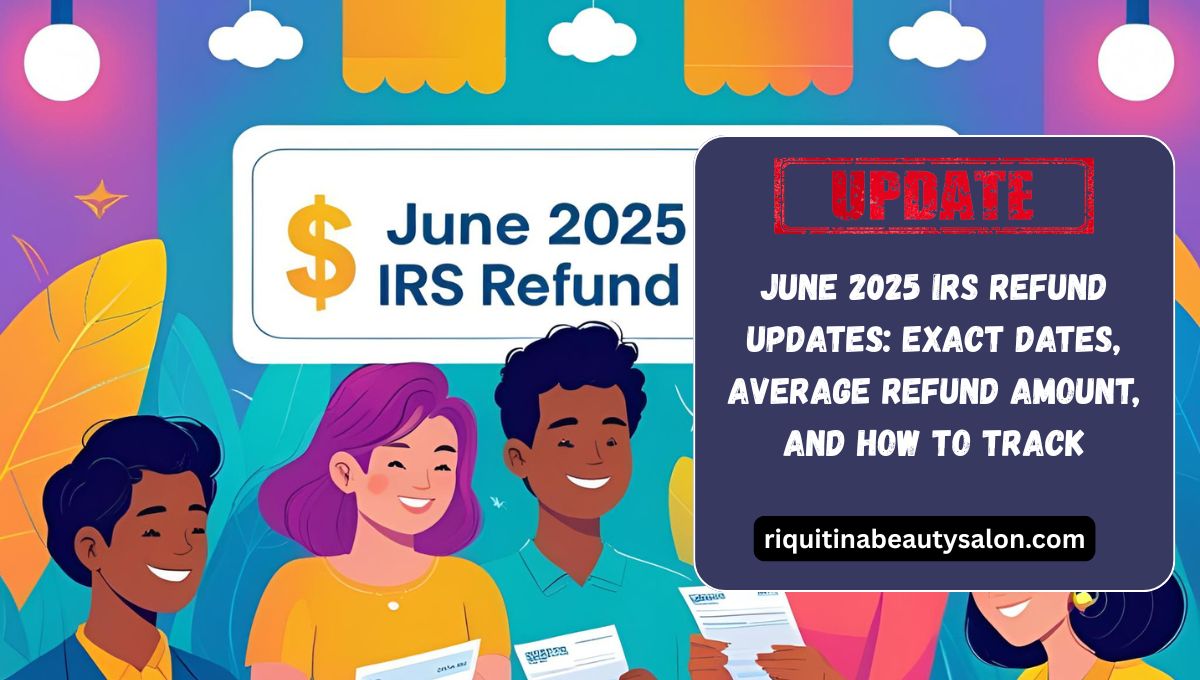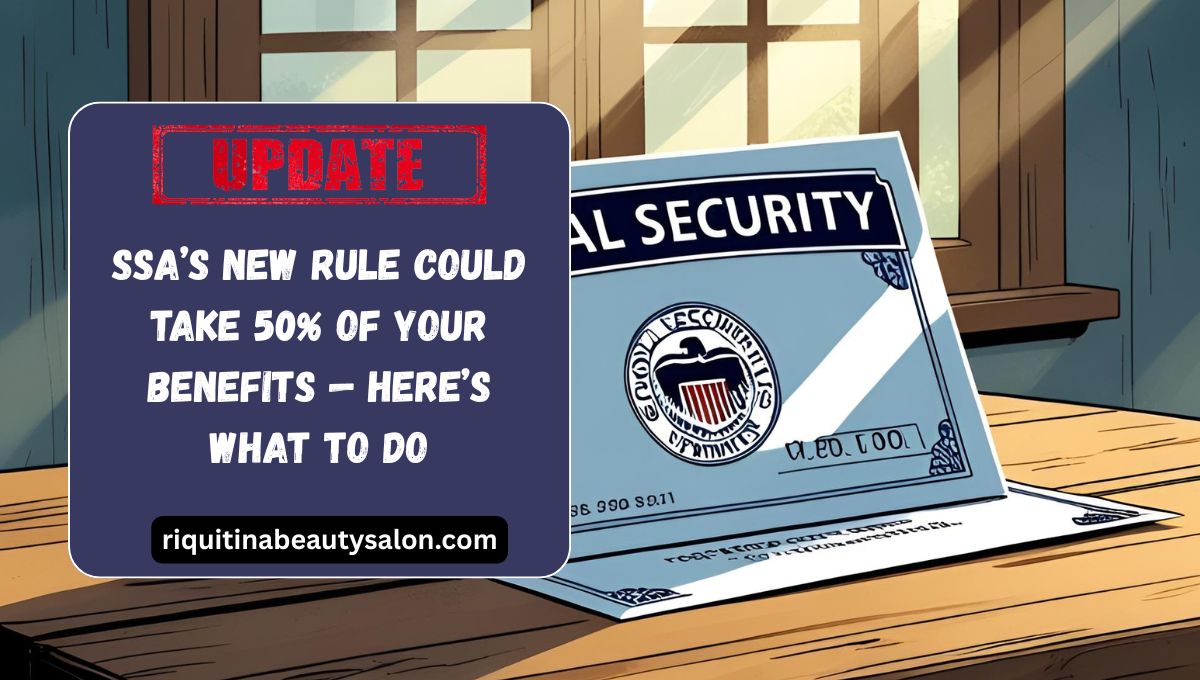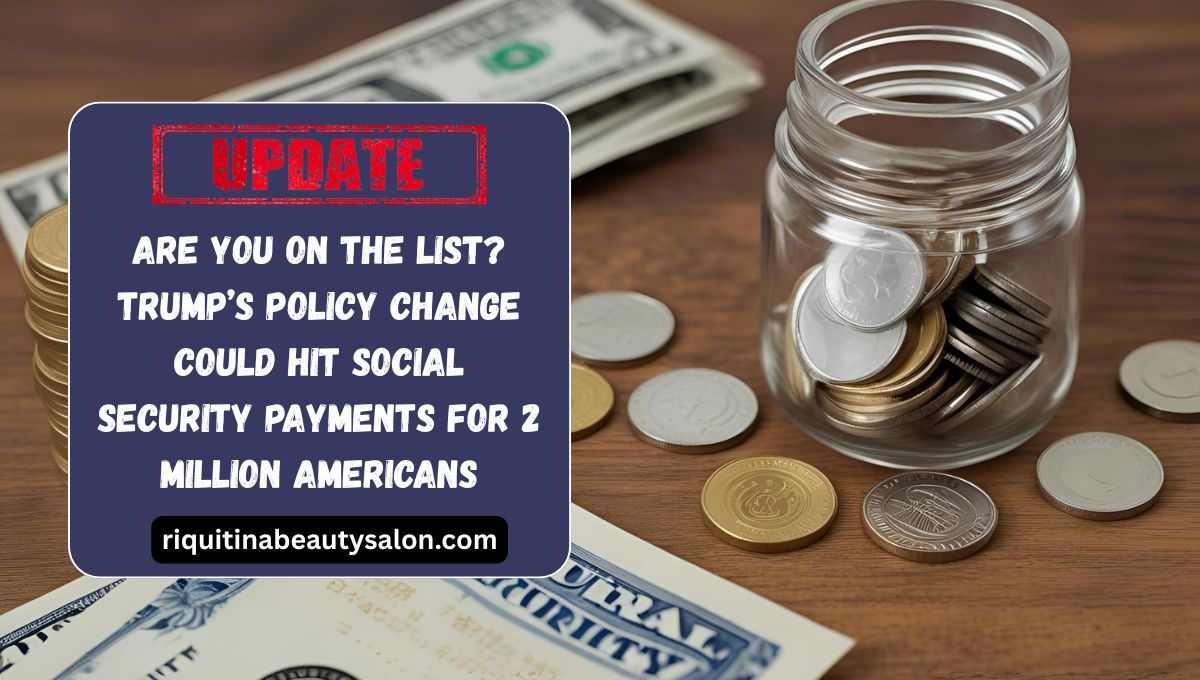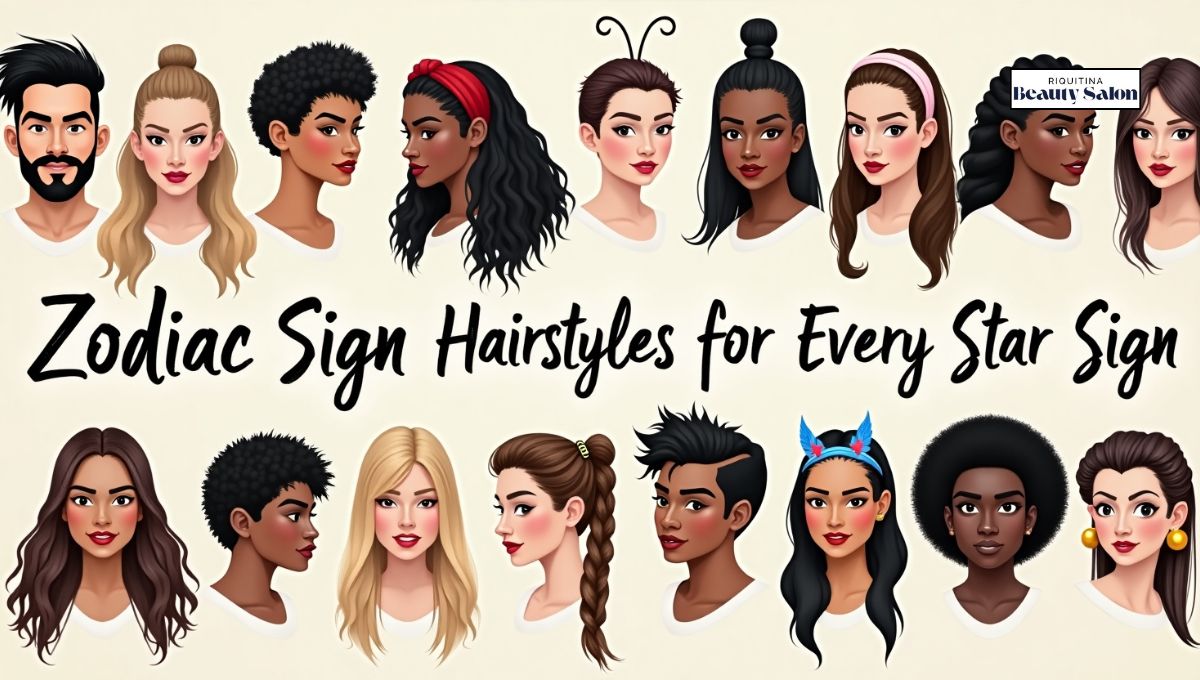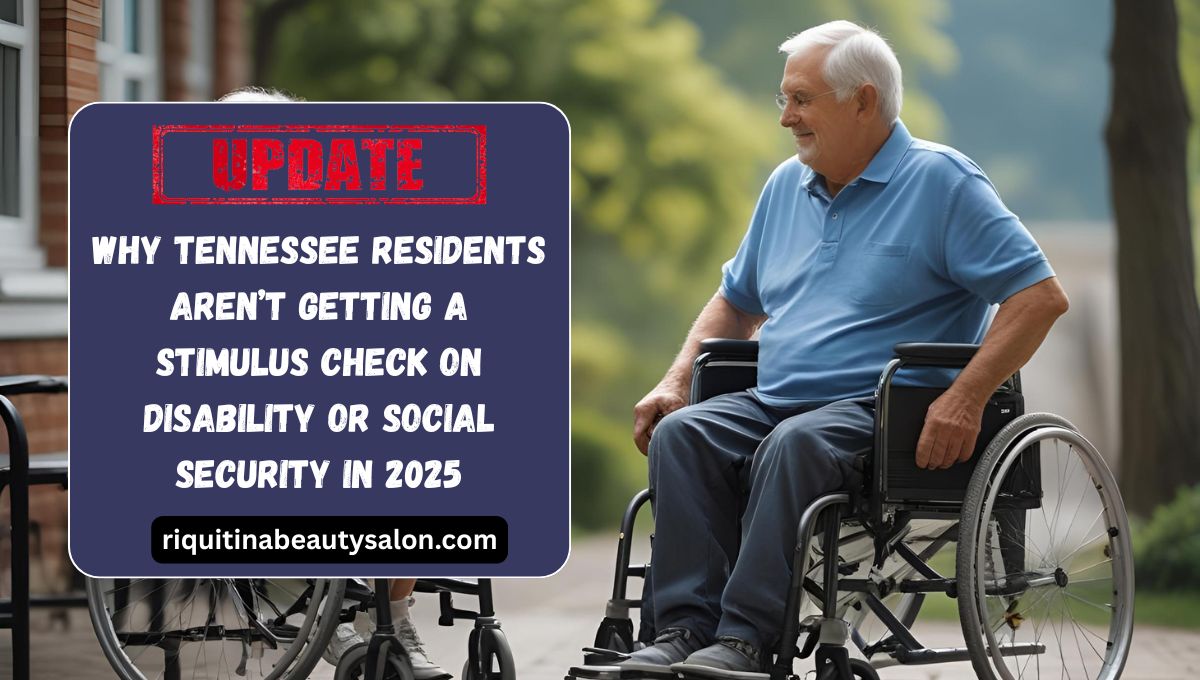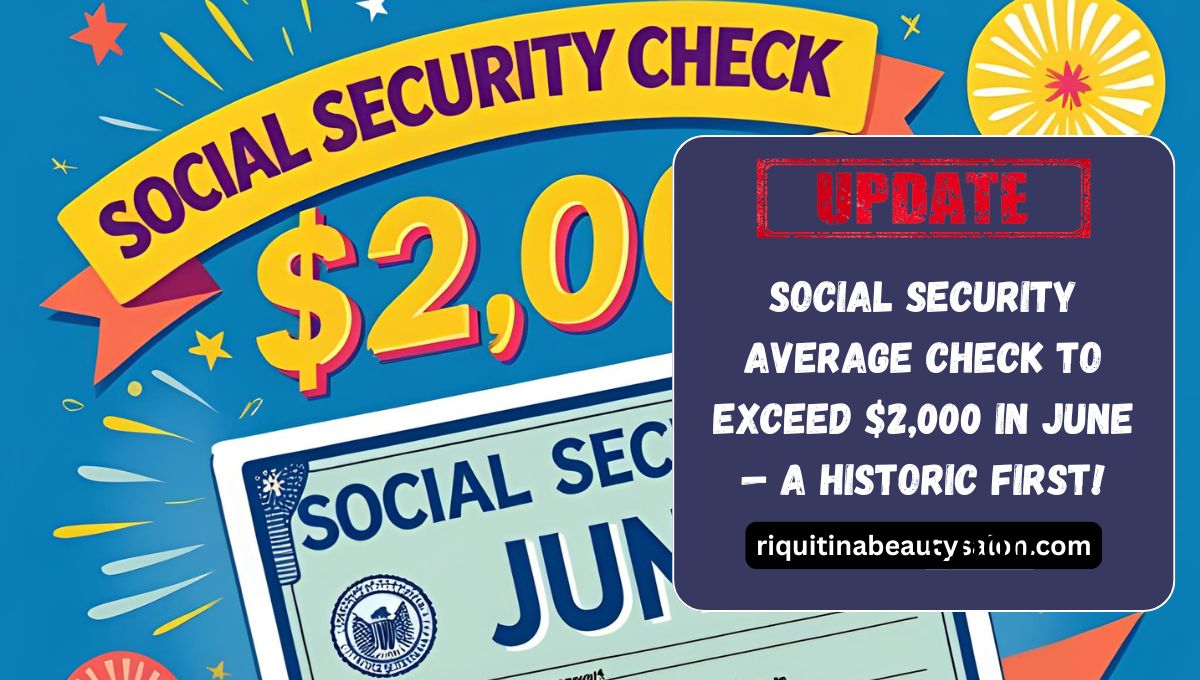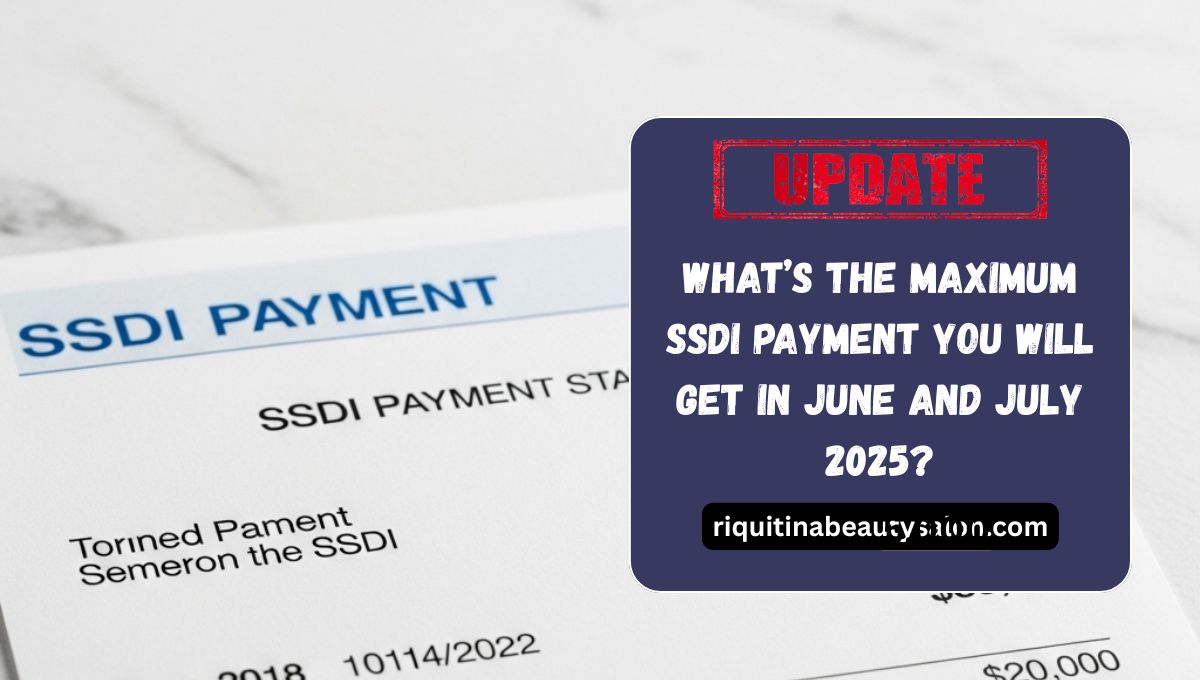If you rely on Social Security to pay your bills, you might see less money starting this June. That’s because the government plans to restart taking money from Social Security checks for unpaid student loans.
Let’s break down what’s happening, who’s at risk, and how you can protect your income.
Why Are Some Social Security Checks Getting Smaller?
Starting this month, the U.S. Department of Education is restarting collection efforts on its huge $1.6 trillion student loan portfolio. During the pandemic, the government paused these collections. But now, they’re back.
This means that if you’re one of the 450,000 older Americans (62 and up) who defaulted on their federal student loans, you might see a smaller Social Security check. When exactly you’ll get your check depends on your birthday — usually around June 3, 11, 18, or 25.
How Does the Garnishment Work?
If you haven’t paid your student loans, the government can take up to 15% of your Social Security benefit each month. However, they can’t leave you with less than $750 a month. This rule applies whether you get retirement or disability benefits.
It’s important to know that the 15% is taken from your total benefit before any deductions like Medicare premiums.
Garnishment Rules and Help Options
| Topic | Details |
|---|---|
| Max Garnishment | Up to 15% of your monthly Social Security check. |
| Minimum Left to You | At least $750 must remain in your check after garnishment. |
| Advance Notice | A 30-day notice before garnishment starts. |
| Ways to Stop Garnishment | – Apply for a Total and Permanent Disability (TPD) discharge – Enter an income-driven repayment plan if eligible |
| Important Contact | Default Resolution Group: Call to discuss repayment options. |
What Can You Do to Stop It?
Before the government starts taking money from your check, you should have received a 30-day notice. This notice should explain how to contact someone to challenge the garnishment. Make sure your loan servicer has your current address, so you get these notices.
You might be able to stop or reduce the garnishment if you can show financial hardship or if you have a pending student loan discharge. For example, if you’re sick or disabled, you could apply for a Total and Permanent Disability (TPD) discharge. You’ll need proof from a doctor, the Social Security Administration, or the Department of Veterans Affairs.
How to Get Out of Default
Another way to protect your Social Security income is by getting current on your student loans. You can contact the government’s Default Resolution Group to talk about repayment options, like enrolling in an income-driven repayment plan.
If Social Security is your only income, your payment under these plans might be $0. That means no garnishment.
Additional Help for Seniors
Many retirees worry about making ends meet even without garnishments. There are other resources to help stretch your budget. For example:
- Copays.org: Helps with copays, premiums, and medication costs.
- National Patient Advocate Foundation: Offers a directory of local financial resources for things like dental care and end-of-life services.
- SNAP (Supplemental Nutrition Assistance Program): A 2015 study found that less than half of eligible seniors use this benefit. If you qualify, you can get up to $292 a month to spend at grocery stores, online retailers, and farmers’ markets.
Conclusion
Seeing your Social Security check shrink can be scary, but there are steps you can take to protect your income. Make sure you watch for notices from your loan servicer and update your address so you get important information.
If you’re in default, explore options like a TPD discharge or an income-driven repayment plan. And don’t forget to check out other programs like SNAP and Copays.org to help cover your bills. With the right help, you can keep more of the money you rely on each month.
FAQ’s
1. Can the government take all of my Social Security check for student loan debt?
No. The government can only take up to 15% of your Social Security benefit, and you must be left with at least $750 each month.
2. How can I stop my Social Security check from being garnished?
You can stop garnishment by proving financial hardship, applying for a Total and Permanent Disability (TPD) discharge, or enrolling in an income-driven repayment plan.
3. Will I get a warning before my Social Security benefits are garnished?
Yes. You should receive a 30-day notice before any money is taken from your Social Security check.

